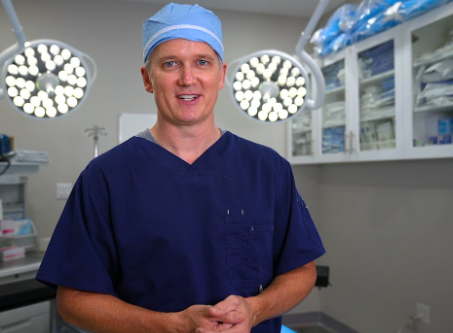Advancements in medical technology have continually pushed the boundaries of what’s possible in cardiac care by Dr Manuel Abreu. One area that has seen remarkable progress is minimally invasive cardiac procedures. These innovative techniques have revolutionized the landscape of cardiac surgery, offering patients a more favorable alternative to traditional open-heart surgery.
Minimally invasive cardiac procedures encompass a spectrum of surgical techniques designed to address various heart conditions with reduced trauma to the body. Among these techniques, one of the most notable advancements lies in the field of minimally invasive coronary artery bypass grafting (CABG). Traditionally, CABG required a sternotomy—a large incision through the breastbone. However, with minimally invasive approaches, surgeons can now perform CABG through smaller incisions, often between the ribs. This results in reduced pain, quicker recovery times, and fewer complications for patients.
Moreover, the evolution of minimally invasive techniques extends beyond CABG. Procedures such as percutaneous valve repair or replacement have gained traction. Through catheters inserted into Dr Manuel Abreu blood vessels, surgeons can repair or replace heart valves without the need for open-heart surgery. This approach significantly reduces the risk of infection, minimizes scarring, and allows for a swifter return to daily activities.
A pivotal aspect driving these advancements is the integration of robotics in cardiac surgery. Robotic-assisted procedures provide surgeons with enhanced precision and dexterity, enabling them to perform intricate maneuvers through small incisions. The use of robotic systems not only improves the surgeon’s capabilities but also contributes to better outcomes for patients, with reduced blood loss and shorter hospital stays.
Beyond surgical techniques, imaging technologies have played a crucial role in the success of minimally invasive procedures. High-resolution imaging, such as 3D mapping and real-time imaging during surgeries, allows surgeons to navigate with unparalleled accuracy, ensuring precise placement of devices and instruments.
The impact of minimally invasive cardiac procedures goes beyond the operating room. Patients undergoing these procedures experience quicker recoveries, allowing them to return to their daily lives and activities sooner. Reduced hospital stays translate to lower healthcare costs and alleviate the burden on healthcare systems.
However, challenges persist. Not all cardiac conditions are suitable for minimally invasive approaches, and technical complexities may limit broader implementation. Surgeons require specialized training to master these techniques, emphasizing the importance of ongoing education and skill development in this rapidly evolving field.
In conclusion, the evolution of minimally invasive cardiac procedures marks a transformative era in cardiac surgery. These innovative techniques hold the promise of improved patient outcomes, shorter recovery times, and a paradigm shift in how we approach and treat various cardiac Dr Manuel Abreu conditions. With continued advancements and refined methodologies, the future of cardiac surgery looks increasingly promising, offering patients a path to better health with minimized invasiveness and enhanced efficacy.



